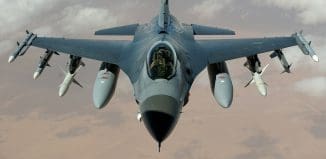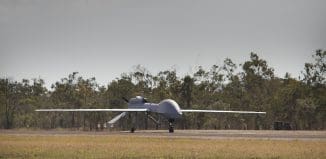The Solution for Chemical Warfare Agents Neutralization?
This post is also available in:  עברית (Hebrew)
עברית (Hebrew)
A DARPA program, developing a system for on-site neutralization of bulk stores of chemical warfare agents (CWA), has successfully demonstrated a waterless soil-scrubbing technology that neutralized toxic chemicals simulating sarin, soman, and mustard agents.
The technology, created as part of the Agency’s Agnostic Compact Demilitarization of Chemical Agents (ACDC) program, demonstrated over 99.9999% removal of the simulants. According to defenseworld.net, the soil-scrubbing technology was tested in conjunction with the Tactical Plasma Arc Chemical Warfare Agents Destruction System (PACWADS), a thermal treatment system already under development for use by U.S. military.
That system uses a high-temperature plasma torch to convert highly toxic chemicals into relatively benign components and then uses a water-based capture process to eliminate the last traces of contaminants. For the ACDC experiment, the PACWADS was modified to eliminate the water scrubber and connect instead to DARPA’s soil-based scrubber system, which captured and converted the toxic CWA decomposition products and resulting acid gases into non-hazardous salts. An ability to use local soil from the site where CWA stores have been discovered eliminates the logistical burden of supplying water to such sites, which are anticipated to be remote, and then having to transport resulting liquid wastes to a treatment facility. The soil used in the DARPA process remains non-hazardous and could be safely returned to the environment.
Tyler McQuade, DARPA program manager, said. “These successful tests validated a critical component of the ACDC concept—a water-free, non-hazardous, soil-based process for onsite destruction of deadly chemicals. We now look forward to testing the ACDC scrubber with the PACWADS against actual chemical warfare agents in the coming months.”





























